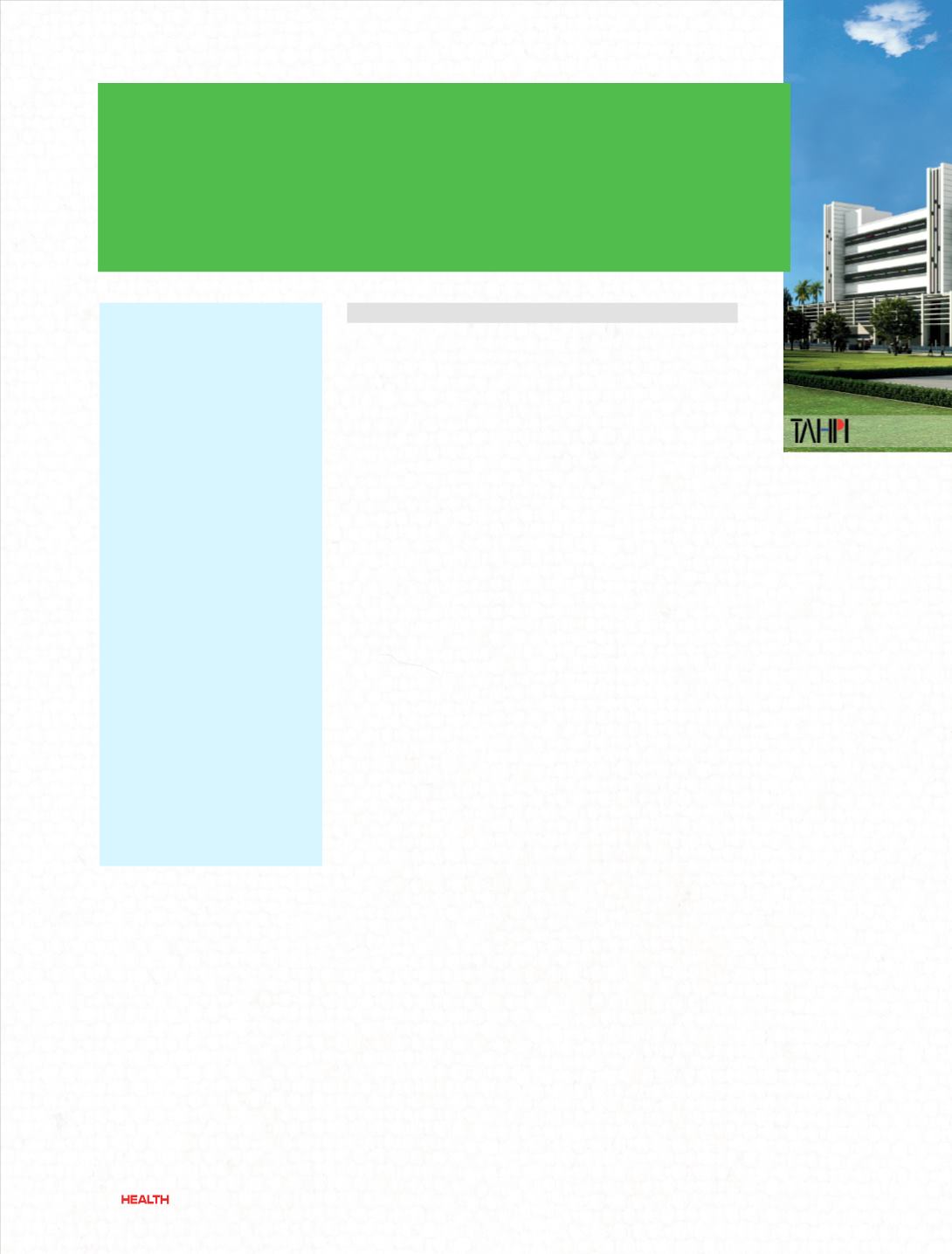

Clearly, without a major
change, healthcare is
increasingly unsustainable.
Private hospital profit margins
become increasingly slim,
insurance premiums become un-
affordable and governments are
forced to choose between Health,
Education, Roads, Security and
other public services. This is not
theory. It has already happened
in many Countries with mature
healthcare systems.
Given this inevitable crisis, a
Healthcare currently
consumes a large proportion
of the total Gross Domestic
Product (GDP) of every
Country. For the last three
decades, this cost has
been steadily rising, often
faster than the overall
growth of the economy.
Many countries already
have a substantial deficit
in healthcare funding.
A significant part of the
cost is in the Design and
Construction of healthcare
facilities.
To compound the problem,
developing countries are
experiencing a boom in
urbanization, growing
middle class, increasing
life expectancy, aging of
the population, increasing
awareness of health
issues and expectations
of improved health care.
Today’s healthcare demand
is a challenge, let alone
the future demand at the
future’s procurement cost.
major change may come from re-
examining what is the core mission
of a healthcare facility. We submit
that it is what the name suggests:
Health Care. Such care needs to
be provided as quickly and as
efficiently as possible. Healthcare
facilities are effectively machines
for healing and maintenance of
the body. They need to have the
right elements, be patient and staff-
friendly but not necessarily opulent
or extravagant. Healthcare facilities
are not Hotels with equipment
bolted on. For that, there are many
excellent real hotels and resorts.
They are not someone’s home
to be designed and decorated to
their personal taste. They need
to perform critical functions just
like the hi-tech equipment they
contain. They do need to provide
for a wide range of people, cultures,
age and gender. They need to be
safe and trusted rather than subject
to hit and miss depending on
numerous people and companies
involved such as the client
representatives, designers, project
managers, builders, equipment
suppliers etc. Just one or two of the
above may be the weak link in a
chain that can fail with catastrophic
costs, both in monitory terms and
in healthcare outcomes. We must
overcome this variable outcome
due to the prevalent do-it-yourself
procurement methodology.
The KEF-TAHPI Design Studio, in
Dubai’s Healthcare City, visualizes
a world where healthcare facilities
are of predictable, high quality.
They improve every year whilst
getting cheaper to deliver, maintain
and operate. They would look like
confident and proud, with
brand recognition. Looking
around for solutions one
finds numerous examples
such as computers,
cameras, cars. Apart from
constant improvement
in features, looks and
usability, they are the same price or
cheaper today than 10 or even 20 years
ago.
These are products of Industrial
Design, Innovation and Production
on a large scale. Industrial revolution
produces such products in many fields
with incredible precision and attention
to safety such as high speed trains and
plains. At the KEF-TAHPI Design
Studio we have been planning for over
15 years to deliver healthcare facilities
using industrial techniques.
This involves a two-part approach,
Soft Modular and Hard Modular.
Soft Modular is about the
compartmentalization of the
knowledge of healthcare design into
units of planning from Departments
and Services down to Rooms, Content,
Finishes and Specifications.
An information catalogue of 50
Functional Units of planning plus
500 unique rooms types, each fully
specified, pre-designed and engineered
with multiple permutations can be
used to create hospitals of any size
or specialization. These form the raw
components of rapid design. Each
component would be fully audited to
comply with all the relevant standards
and guidelines out-of-the-box.
These elements could then be
used for healthcare projects from
refurbishments and extensions
Bringing The Industrial
Revolution to Healthcare
Design and Procurement
by KEF-TAHPI Design Studio
82
Mar/Apr 2015

















